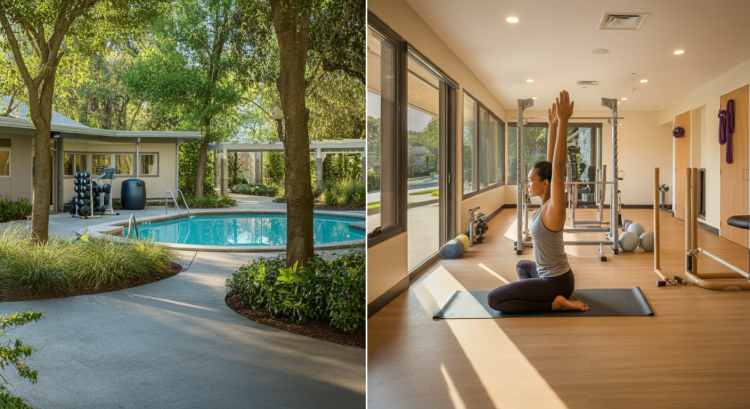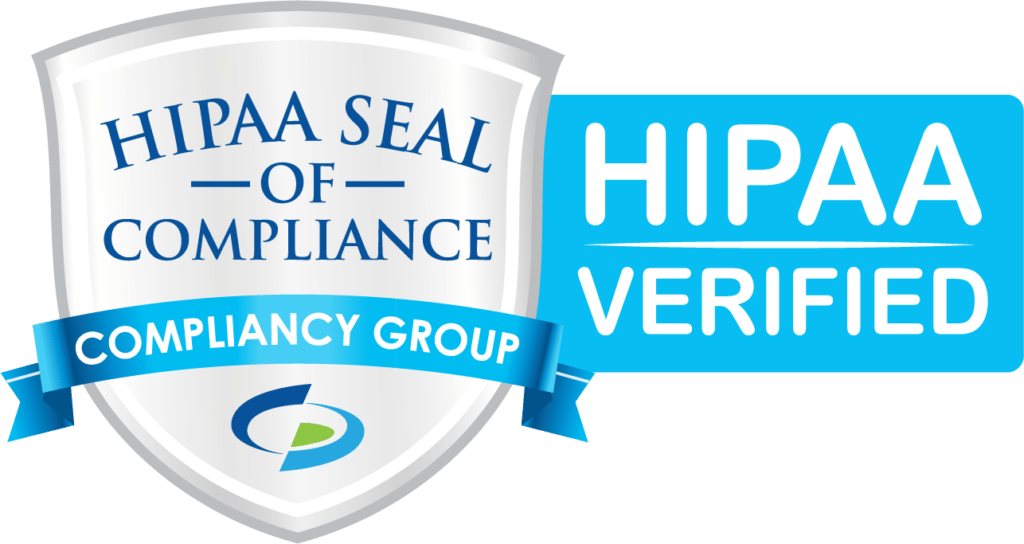When you’re recovering from an accident injury, finding the right rehabilitation plan can make all the difference in your journey to wellness. You might be wondering which strategies are most effective for such an essential time. Imagine having a plan that addresses not only the physical aspects but also your emotional and mental well-being. Customized recovery planning and therapeutic exercises are just the beginning. But what about the less obvious elements like relaxation techniques and continuous progress monitoring? These components might hold the key to a more complete recovery. So, what’s the best approach for your unique situation?
Customized Recovery Planning
When it comes to recovering from accident injuries, one of the first steps is developing a customized recovery plan that begins with a thorough evaluation of your injury’s severity. Understanding the extent of your injury helps set realistic expectations and timelines, which are essential for effective rehabilitation.
A tailored recovery plan will incorporate specific treatments and therapeutic exercises designed to meet your individual needs, promoting healing efficiently.
Collaboration with healthcare professionals, including physical therapists, is fundamental. They contribute their expertise to guarantee that your recovery plan addresses both the physical and emotional aspects of healing.
Emotional support and coping strategies are critical components, enhancing your resilience and motivation throughout the recovery process. It’s important to have this support to maintain a positive outlook and adapt to challenges as they arise.
Progress monitoring is another key element of customized recovery planning. Regular check-ins allow for timely adjustments based on your feedback and the effectiveness of treatments.
This guarantees that your recovery remains on track and adapts to any changes in your condition. By focusing on these elements, you’re more likely to experience a smooth and successful rehabilitation journey, tailored to your unique circumstances.
Therapeutic Exercises and Rehabilitation
Customized recovery planning sets the foundation for effective rehabilitation, and now, the focus shifts to therapeutic exercises. Incorporating these exercises into your rehabilitation is vital for rebuilding muscle mass and enhancing range of motion after an accident injury.
A personalized treatment plan, crafted by professional healthcare providers, guarantees that therapeutic exercises like strength training and flexibility workouts are tailored to your specific needs and recovery goals. Physical therapy services offer the guidance you need to execute these exercises safely and effectively.
Regular monitoring of your progress is key. By adjusting your therapeutic exercise plan based on feedback, you can improve recovery outcomes and prevent setbacks during your rehabilitation journey.
Exercises such as yoga and Pilates not only aid in physical recovery but also promote healing and emotional well-being. These activities can provide you with a holistic approach to your recovery process.
Incorporating tailored chiropractic treatments alongside therapeutic exercises in your rehabilitation plan can greatly accelerate healing. This combination supports your body’s natural healing processes and addresses specific areas of concern.
With a well-structured plan, you’re setting the stage for a successful recovery process, focusing on both physical improvement and emotional well-being.
Emotional Support Strategies
Emotional support strategies are essential components of a successful rehabilitation plan, playing an important role in enhancing motivation and resilience. By focusing on emotional well-being, you can greatly improve your adherence to the rehabilitation plans and overall outcomes.
Open communication is critical, providing a safe space to express your feelings and challenges, which helps address emotional distress and fosters a supportive environment. This approach not only supports your emotional health but also contributes to a strong foundation for recovery.
Setting achievable goals is another effective strategy. By breaking down your recovery into manageable steps, you can experience a sense of accomplishment, boosting your confidence and motivation. This is key to maintaining a positive outlook during the often challenging rehabilitation process.
Incorporating mindfulness techniques and stress-relief activities can further aid in reducing anxiety, promoting emotional stability, and mitigating the psychological effects of injuries.
Practical assistance with daily tasks also plays a considerable role in your recovery. By easing the burden of everyday responsibilities, you’re able to concentrate on healing both physically and emotionally.
Such thorough emotional support strategies are essential for maneuvering the complexities of recovery, ensuring you emerge stronger and more resilient.
Relaxation Techniques for Healing
Amidst the journey to recovery, employing relaxation techniques can greatly enhance your healing process after an accident injury. Deep breathing exercises are a simple yet effective way to reduce stress and promote relaxation. By engaging in these exercises regularly, you can markedly boost your body’s natural healing process.
Relaxation techniques like guided meditation, often facilitated by trained practitioners, can improve your emotional well-being and concentration, which are critical when recovering from physical and psychological trauma.
Additionally, incorporating mindfulness techniques into your daily routine helps cultivate a sense of calm and resilience. This not only aids in anxiety management but also positively influences your overall recovery journey. Regular practice of these techniques leads to better pain management and can help decrease anxiety levels, which is fundamental for those recovering from accident-related injuries.
To support your healing, consider accessing resources such as apps or local classes for guided relaxation sessions. These tools can enhance the effectiveness of your relaxation techniques, making them an essential component of your rehabilitation plan.
Monitoring Progress and Adjustments
Monitoring your progress after an accident injury is essential for guaranteeing your rehabilitation plan’s success. Regularly tracking your progress lets you and your healthcare providers pinpoint which parts of the rehabilitation plan are working and where adjustments in care are necessary. This collaborative monitoring guarantees that treatment modifications are based on your real-time experiences and responses to therapy.
Open communication with your healthcare team is vital. By sharing feedback and discussing your recovery milestones, you enable a proactive approach to your rehabilitation. This dialogue allows for adjustments in care to reflect your evolving needs, ultimately enhancing the treatment process and outcomes.
Your active participation is key to effective monitoring. When you actively engage in tracking your progress, you foster accountability, encouraging adherence to the rehabilitation plan. This involvement not only helps your healthcare providers make informed decisions but also aids in your faster recovery.
Together, you form a partnership with your healthcare team, where collaborative monitoring and open communication lead to a dynamic rehabilitation plan. By staying engaged and informed, you guarantee that your recovery journey is both effective and tailored to your unique needs.
Conclusion
By embracing a personalized rehabilitation plan, you’re taking a proactive step toward holistic recovery. Therapeutic exercises will help restore your strength and mobility, while emotional support strategies build resilience. Incorporating relaxation techniques like mindfulness and deep breathing will reduce your stress. Regularly monitoring your progress guarantees that your recovery plan adapts to your needs, optimizing your healing journey. Trust in the process and focus on each step, knowing that every effort counts toward your full recovery.



